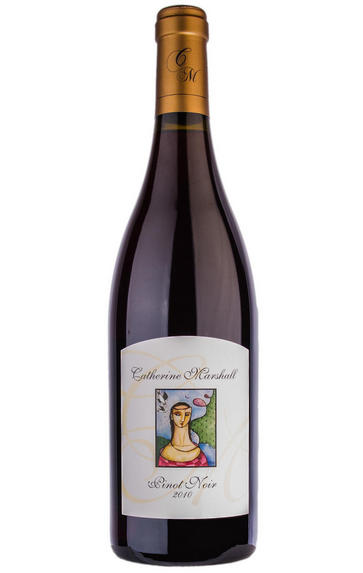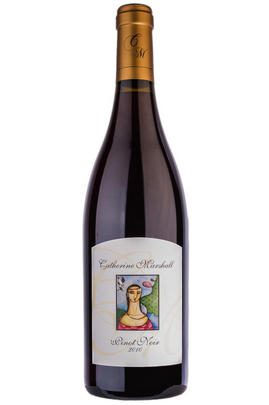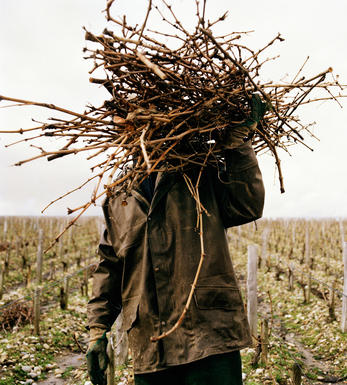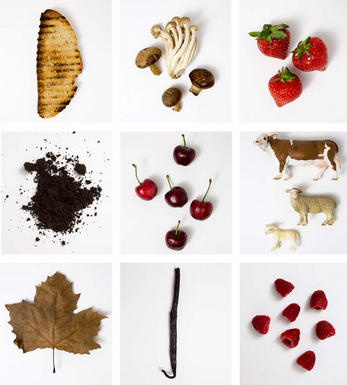
2010 Catherine Marshall Wines, Pinot Noir, Elgin Valley

Critics reviews
Neal Martin - Wine Advocate - eRobertParker.com #196 Aug 2011
About this WINE

Catherine Marshall Wines
Cathy Marshall is one of the original garagiste winemakers in South Africa; she graduated from Elsenburg College in 1991 and served a number of apprenticeships in premium South African wineries before gaining valuable experience abroad. She was inspired to set up a small wine-making enterprise after a post-harvest foot-crushing celebration resulted in the creation of three barrels of superb Syrah wine subsequently distributed amongst the revellers. A year later Cathy set up the Barefoot Wine Company and has since carved out a distinguished reputation as one of South Africa’s most skilled and innovative producers.
The winery lies in the Elgin Valley, surrounded by mountains and yet only 30 minutes from the sea. This creates a cool climate for growing grapes, conducive to maximum development of flavour and complexity. Cathy’s aim is to make wines of great purity, with absolutely minimal intervention, which reflect their origins. The Elgin Valley has rapidly acquired a reputation as a source of aromatically pure wines with excellent varietal expression, and we are delighted to have secured a modest allocation.

Pinot Noir
Pinot Noir is probably the most frustrating, and at times infuriating, wine grape in the world. However when it is successful, it can produce some of the most sublime wines known to man. This thin-skinned grape which grows in small, tight bunches performs well on well-drained, deepish limestone based subsoils as are found on Burgundy's Côte d'Or.
Pinot Noir is more susceptible than other varieties to over cropping - concentration and varietal character disappear rapidly if yields are excessive and yields as little as 25hl/ha are the norm for some climats of the Côte d`Or.
Because of the thinness of the skins, Pinot Noir wines are lighter in colour, body and tannins. However the best wines have grip, complexity and an intensity of fruit seldom found in wine from other grapes. Young Pinot Noir can smell almost sweet, redolent with freshly crushed raspberries, cherries and redcurrants. When mature, the best wines develop a sensuous, silky mouth feel with the fruit flavours deepening and gamey "sous-bois" nuances emerging.
The best examples are still found in Burgundy, although Pinot Noir`s key role in Champagne should not be forgotten. It is grown throughout the world with notable success in the Carneros and Russian River Valley districts of California, and the Martinborough and Central Otago regions of New Zealand.


Buying options
Add to wishlist
Description
Very few growers in South Africa have really mastered Pinot Noir; many examples end up with a bouquet of beetroot whereas one aims for aromas of summer fruits. The grapes for this wine are de-stemmed without crushing and are fermented in open-top vats with regular manual punching-down. The malolactic fermentation takes place in barrel after which the wine spends 9-12 months in oak barrels, a combination of new, first, second, third and fourth-year fill. As you would imagine, the aim here is not to impart a heavy oak taste to the wine.
This is pale red in colour but that is typical of Pinot Noir which has not been over-extracted; the aromas are of cherry, raspberry and strawberry with a hint of spice, and on the palate there is a lovely freshness, a silky texture and a harmonious long finish. Lovely to drink now, slightly cooled, but it will develop more complex gamey flavours with age.
wine at a glance
Delivery and quality guarantee